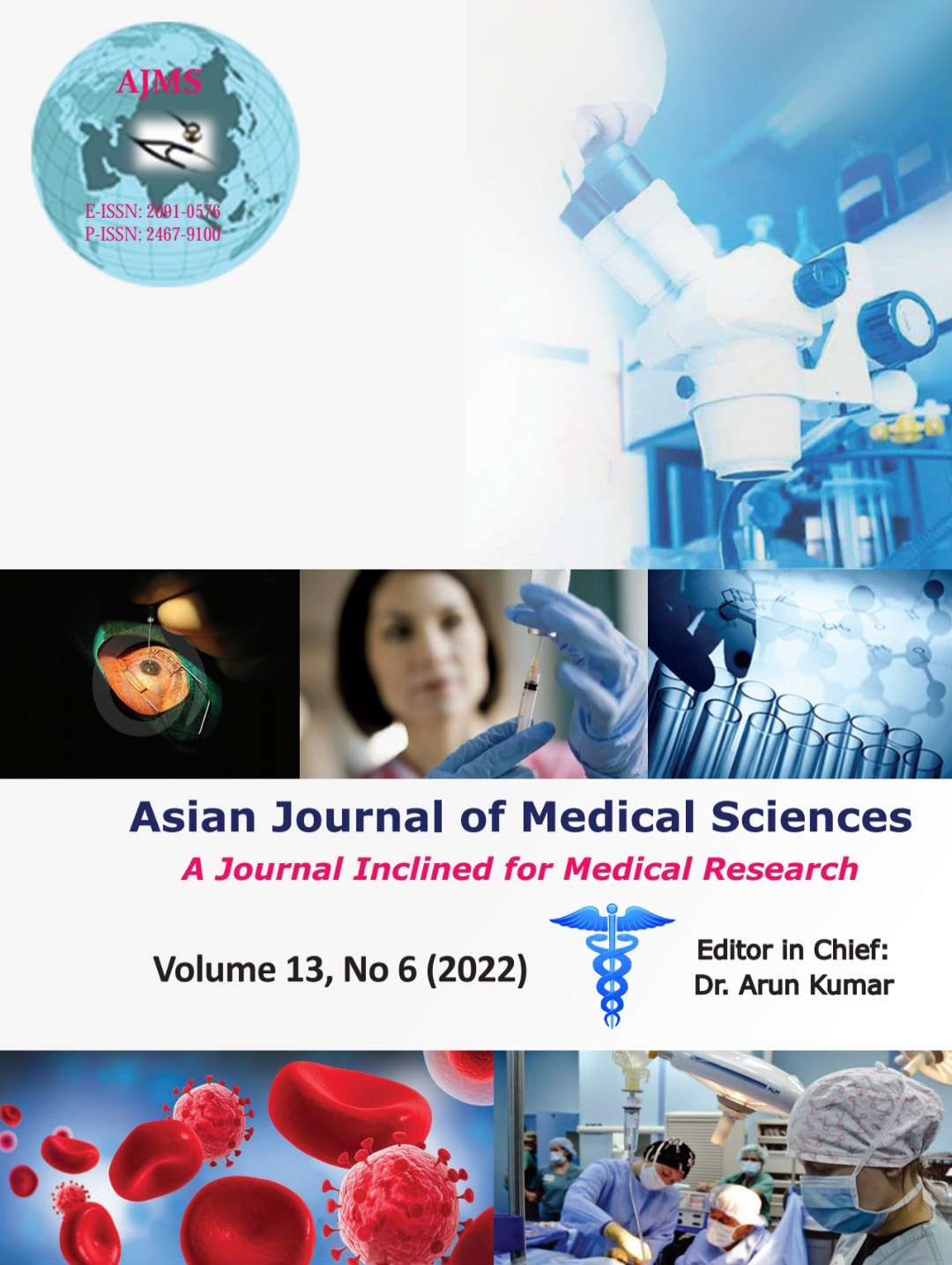Evaluation of central corneal thickness in patients with dry eye disease in a tertiary eye hospital in Kancheepuram
Keywords:
Central corneal thickness, Dry eye disease, Pachymetry, Schirmer’s test, Tear film breakup timeAbstract
Background: Dry eye disorder is a disease mainly due to the tear insufficiency which results in eye discomfort and disturbances in vision. Dry eye also affects the ocular dimensions, especially corneal thickness. Central corneal thickness (CCT) assessment plays an important role in refractive surgeries and in the pre-operative assessment of other ocular surgeries.
Aims and Objectives: This study aims to assess the effect of dry eye disease (DED) on CCT with age- and gender-matched controls.
Materials and Methods: One hundred and four subjects (52 cases and 52 controls) who attended SRM Medical College and Hospital ophthalmology outpatient department were included in the study. DED was diagnosed with DEQS questionnaire, slit-lamp examination, TFBUT, and Schirmer’s test. Pachymetry was used for measuring the CCT of all subjects. Student “t”-test was used to determine the significance of difference between two means. P<0.05 was considered statistically significant.
Results: In our study, there were 60 female patients and 44 male patients. The ratio of male-to-female was 1:1.3. The CCT among cases was very low (533.19 μm±30.05) compared to controls (569.27 μm±45.56) and this difference was statistically significant (P<0.05). When subgrouped under gender, the difference in CCT among males between the two groups was statistically significant and it was highly significant among females. When the reduction in CCT among the cases was studied under different age groups, the subjects in the 41–60 years age group had a statistically highly significant difference in CCT between the two groups while it was also significant in other age groups.
Conclusion: There is a significant decrease in CCT due to DED. Pachymetry for central corneal estimation shall be included in the routine management of dry eye patients so that corneal thinning could be identified earlier and treated with artificial tears or other substitutes.
Downloads
Downloads
Published
How to Cite
Issue
Section
License
Copyright (c) 2022 Asian Journal of Medical Sciences

This work is licensed under a Creative Commons Attribution-NonCommercial 4.0 International License.
Authors who publish with this journal agree to the following terms:
- The journal holds copyright and publishes the work under a Creative Commons CC-BY-NC license that permits use, distribution and reprduction in any medium, provided the original work is properly cited and is not used for commercial purposes. The journal should be recognised as the original publisher of this work.
- Authors are able to enter into separate, additional contractual arrangements for the non-exclusive distribution of the journal's published version of the work (e.g., post it to an institutional repository or publish it in a book), with an acknowledgement of its initial publication in this journal.
- Authors are permitted and encouraged to post their work online (e.g., in institutional repositories or on their website) prior to and during the submission process, as it can lead to productive exchanges, as well as earlier and greater citation of published work (See The Effect of Open Access).




